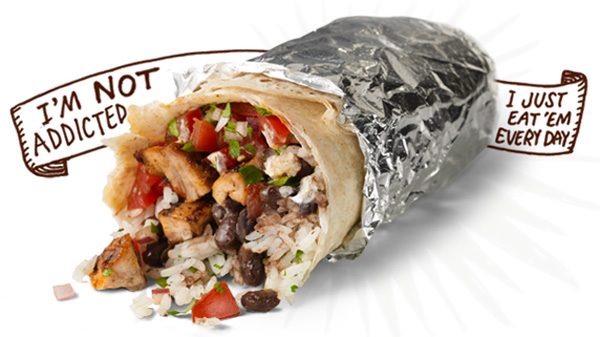Basic nutritional guidance tells everyone to count their calories. It’s one of the simplest ways to lose and maintain weight. But what happens when those numbers are more or less lies? You’ll unwittingly consume more food than you planned to, or need to for that matter.
That’s exactly what filmmaker Casey Neistat discovered when he went beyond the published calorie counts in New York City restaurants.
In less than six minutes, he blows the calorie counts that millions of New Yorkers depend on completely out of the water. He worked with the obesity research center at St. Luke’s Hospital in New York to run his own nutritional analysis and find how their numbers matched those published on menus throughout the city. The discrepancy was alarming.
See, under President Obama’s Affordable Care Act, restaurants with more than 20 locations must publish calorie information on their menus. The FDA requires all packaged foods to have such a label, so it makes sense that the similarly processed foods we’re buying in restaurants should have to fess up, too. While New York City’s Health Department requires the publication of this information, Neistat reminds that the city does not enforce this rule.
“A restaurant must have a verifiable analysis of the menu item, which may include the use of nutrient databases, lab testing or other reliable methods of analysis,” the NYC Health Department told us in an emailed statement. “The Health Department does not independently confirm posted calorie values, but we investigate when a complaint is lodged.”
In the video, published for the New York Times, Neistat grabs five foods that he would typically eat in a day. A Grandpa’s Original yogurt banana nut muffin had no published nutritional information, but the company faxed Neistat to reveal 640 calories in one muffin. The team at St. Luke’s found the muffin to actually have 734 calories.
Chipotle had a more than 100-calorie difference for the calorie counts calculated on its website for Neistat’s loaded barbacoa burrito. What he thought was an 1175 calorie burrito was actually 1295 calories.
And the vegan Kosher spicy tofu sandwich Neistat snacks on from NYC bodegas was the worst offender with 228 published calories becoming 548 actual calories.
It’s worrisome at best, especially for those who truly depend on those numbers. Although, it does further support the argument that no fast food is good for you and unless you prepare food yourself you have no way of knowing what you’re eating.
I decided to see how the numbers added up for myself. I’m a regular at Chipotle, so I chose that as my example. My go-to Burrito Bowl has chicken, brown rice, black beans, green chili salsa, sour cream, cheese, and Romaine lettuce. According to Chipotle.com’s nutrition calculator, that adds up to 710 calories. When I calculate each individual ingredient at CalorieKing.com, I come up with 680 calories. I used Google Images to look at Chipotle menu boards, and the high end of the calories displayed there were 628, 640, and 680 for a Burrito Bowl.
“You have to assume that there is wiggle room – it’s about a 20 percent swing when it comes to food packages,” Bonnie Taub-Dix, MA, RD, CDN and author of Read It Before You Eat It, told us. “Unfortunately, when it comes to restaurants, I have found wide swings, depending on the chef who is preparing the dish! There is not always consistency, especially in smaller establishments.”
Chipotle is an excellent example of where the counts will vary by serving, considering each dish is made to order and the ingredients are sometimes added more liberally from one server to the next.
Neistat confesses that his report wasn’t the most sound of scientific studies, but he had more access to credible information than the average consumer. It’s safe to say this calorie discrepancy exists in most restaurants, and it’s not exclusive to New York.
After his day of muffins, Frappuccinos, Subway sandwiches and Chipotle burritos, Neistat blindly consumed 548 calories more than he thought he had. Standard diet advice is to cut 500 calories per day from your diet to lose one pound a week. You’ll never lose that weight under these circumstances.
Our advice? Obviously prepare as much of your own food as you can with fresh, unprocessed ingredients. That’s not always easy, so when you find yourself ordering at a restaurant, make the most healthful choices you can. Go light on toppings like sour cream, cheese, mayonnaise, and salad dressings. Choose grilled over fried and turkey, chicken, or fish over beef. Load up with veggies when you can and choose lighter sides like salads and fruit instead of chips and fries. Don’t forget to watch those super-sized portions, too!
Also Read:
Why You Should Never Buy Girl Scout Cookies

